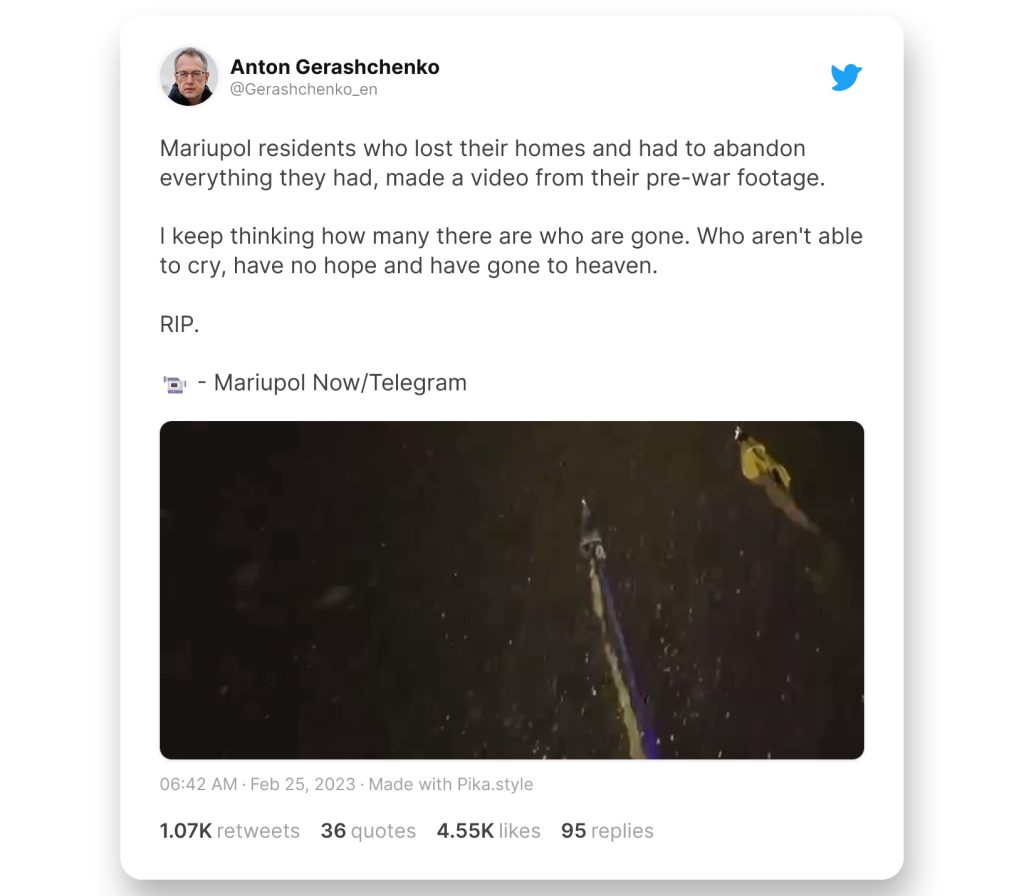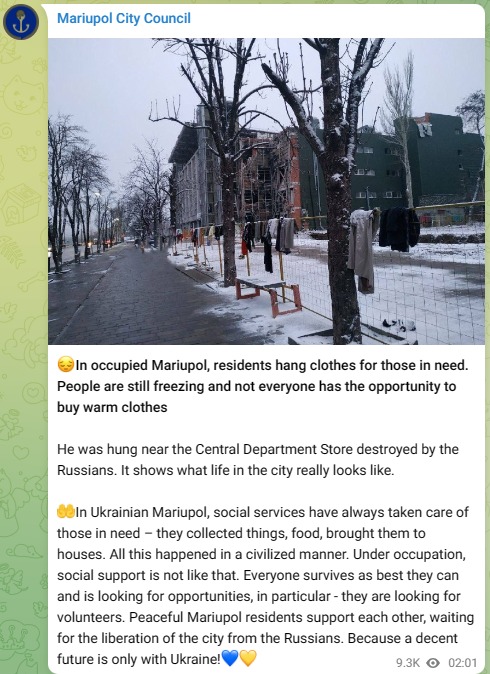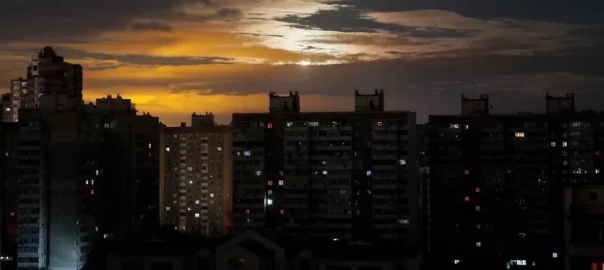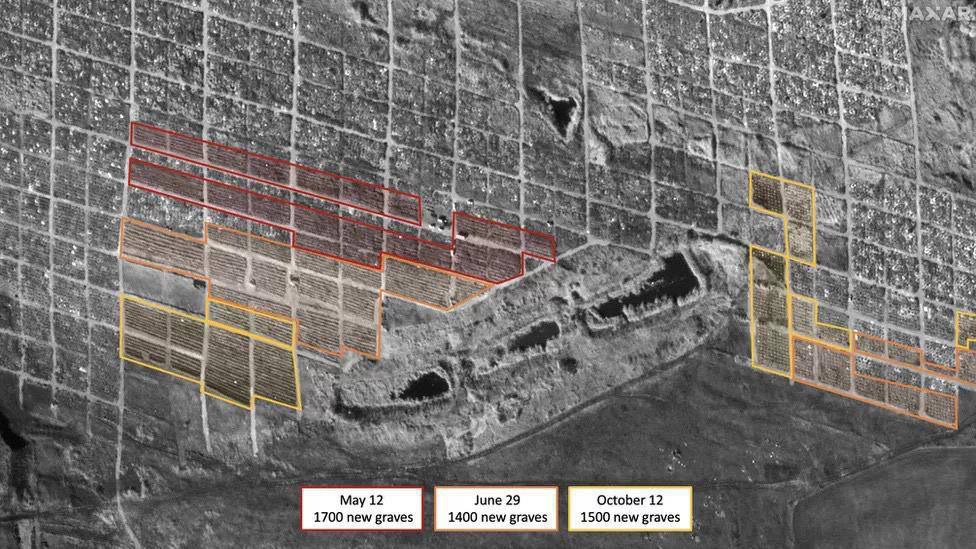(I’m sorry for begin tardy with this post. Most of it was written a couple weeks ago, so you’ve likely heard the news already from other sources.)
I wrote about Kherson a couple weeks ago, and noted how well the Ukrainian army had been performing in the area. As you’ve probably heard — since it’s been on the national news and, here at least, some local broadcasts — the Ukrainian army has taken control of the city. Free Ukrainians again take to streets in Kherson – ukrinform.net. Russia pretty much surrendered the city after Ukraine had targeted a lot of their ammunition depots and supply lines, making a defense in the city practically impossible.
There’s still a lot more territory for Ukraine to reclaim, but this was a major victory and a significant hitch to the stories that Russia has been feeding to their home audience.
Unfortunately, this also means that now Kherson is subject to the missiles and shelling that other parts of the country have seen for months. Russian forces attack settlements in Kherson region with Grad MLRS, rockets, artillery – ukrinform.net Because Kherson was captured early in the war, and because collaborators in key positions basically just handed things over to the Russians, the city didn’t experience the sort of destructive siege that many other locations have seen, mostly notably Mariupol. But now that Russia has pulled back, they’ve positioned artillery closer to Crimea but still within range of Kherson.
The shelling and missiles are not just hitting Kherson. There have been more rockets fired at Ukraine in the past week or two than have been seen since the start of the war. President Zelensky: Russia is told about peace, it responds with missiles – ukrinform.net Many of the attacks have been targeting the utility infrastructure of Ukraine, taking out electricity, heat, water and communications — the same play that did on Mariupol, just much, much broader. The general consensus of reporters and pundits is that Russia is attempting to freeze the population of Ukraine as winter kicks off, so that they will rise up against the leadership and force them into negotiations with Russia.
So far, it seems not to be working. Kyiv under candlelight as defiance persists – thesouthafrican.com I won’t say that people have become used to being in the dark and cold, but it really seems that people understand what’s happening and why, and they seem willing to do their best to endure.
Two things strike me about this strategy from Russia. First, they might have overplayed their hand. While targeting of civilian infrastructure for military gains is allowed under the rules of warfare (yes, I know “rules of warefare” is an oxymoron), they’ve done it to such a degree and over such a wide area — pretty much the entire country — that it’s moved from “military objective” to “civilian terrorizing.” In other words, they’ve overdone it and now it could be considered a war crime. As stated by the UN high commissioner for human rights, Volker Türk, “Millions are being plunged into extreme hardship and appalling conditions of life by these strikes. Taken as a whole, this raises serious problems under international humanitarian law, which requires a concrete and direct military advantage for each object attacked.” Much of Ukraine still without power, heat and water after missile attacks – The Guardian
The other thing, is that these are targeted missile strikes. Targeted, meaning that the missiles are landing where Russia intends for them to land. What about the strikes on hospitals and schools? Are then supposed to believe that Russia can accurately target a power substation, but it’s just an unfortunate mechanical failure when the missile hits a maternity hospital? At least six die in Ukraine as dozens of missiles target civilian infrastructure – The Guardian I saw a statistic some time ago stating that over 75% (might have said closer to 80%) of Russia’s missiles hit non-military targets, and that was before their stepped up missile attacks following the recapture of Kherson. They can’t have it both ways — they are either targeting or they’re not. If the latter, then Russia is too inept to have some dangerous weapons at their disposal. But if it’s the former — which seems to be what their sustained attacks on the Ukrainian electrical grid would suggest — then they’ve been targeting civilians from the very start.




